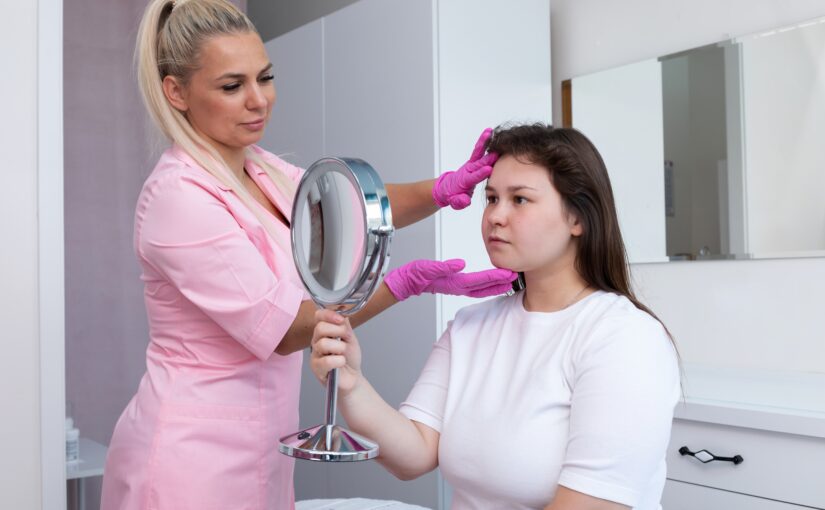The Facial Fat Transfer Procedure
When someone gets a facial fat transfer procedure, their own fat cells are collected and used to fill in irregular areas. This procedure has been used with consistently positive results for patients since the nineties.
The facial fat transfer procedure is done by using one or several small incisions in places like the abdomen or inner thigh area to collect fat using liposuction. The collected fat will then be processed by filtering, centrifuging, or rinsing. After processing, the fat is ready for injection to the treatment areas.
Fat is injected evenly and in small amounts to ensure there will be no bumps and that it has sufficient oxygen supply from surrounding tissues.
Reasons people get this procedure include:
- Enhancing lips
- Filling in sunken-looking cheeks
- Filling in grooves around the nose and mouth
- Repairing irregularities caused by procedures or injuries
How Long Does Facial Fat Transfer Take?
The length of the procedure will vary. The time it takes depends on the size and number of treatment areas. An hour is pretty typical for this procedure.
What Type of Anesthesia is Used for Facial Fat Transfer?
Usually, this procedure is done with a local anesthetic to the donor area the fat is taken from and the treatment areas where the fat will be injected.
Is Facial Fat Transfer Inpatient or Outpatient?
Thsi procedure can be either inpatient or outpatient. It will depend on what’s best for the patient and if they require extra care afterward.
Possible Side Effects
Fat transfer side effects can include:
- Swelling
- Bruising
- Tenderness
- Drainage of injected fluid temporarily
After the procedure, patients can use a cold compress on the area to help minimize swelling. Patients should have a checkup within a week, and then another three weeks later to ensure proper healing.
Risks
The potential risks of a fat transfer include:
- Infection
- Asymmetry of the area
- Irregular appearance
- Too much material injected
Recovery
Swelling is common after the procedure, but it typically resides by the third day after treatment. Patients can resume full social activities after a week. Sometimes, patients will wear makeup in early recovery if needed.
Results
Each patient undergoes this procedure for individual issues that they wish to address. The treatments are tailored to each person’s needs and goals. Facial fat transfer gives results such as:
- Corrected irregularities and volume loss
- Corrected deep folds or wrinkles
- Increased volume in treated areas
- Healthier looking skin
This procedure has numerous benefits for patients. It is natural and safe. These results can also be considered permanent after the body absorbs a portion of the injected fat.
Schedule a Consultation
If you are interested in getting a facial fat transfer, contact Dr. Lawrence Rosenberg and his staff at The Plastic Surgery Center for a consultation today. They have convenient locations in Lutherville, Ellicott City, and Crofton, Maryland.





